Throughout the course of American history, there have been numerous battles that have left an indelible mark on the nation’s identity and development. These 12 battles stand out as pivotal moments, shaping the destiny of the United States. From the iconic clash at Lexington and Concord that ignited the American Revolution to the heroic sacrifices made during the Normandy landings on D-Day, each battle holds profound significance. Whether they were fought on American soil or in far-flung corners of the world, these engagements have defined the nation’s values, tested its resolve, and shaped its trajectory. Let us delve into the stories behind the 12 most important battles in US history and understand their lasting impact on the nation’s journey.
Battle of Lexington and Concord (1775)
The Battle of Lexington and Concord fought on April 19, 1775, marked the beginning of the American Revolutionary War and holds immense historical significance. As British troops marched towards Concord to seize colonial arms and ammunition, they encountered a group of local militia at Lexington. The first shots fired at Lexington, often referred to as the “shot heard round the world,” sparked a chain of events that would lead to the birth of a new nation.

Though outnumbered and outgunned, the American patriots displayed unwavering determination and resilience. The skirmishes at Lexington and Concord resulted in casualties on both sides but demonstrated the colonists’ resolve to defend their rights and liberties against British oppression. News of the clashes spread rapidly, rallying more colonists to join the cause of independence.
The Battle of Lexington and Concord served as a catalyst for the American Revolution, igniting the flame of rebellion that would burn throughout the conflict. It boosted the morale of the colonists and solidified their commitment to achieving complete independence from British rule. This pivotal battle set the stage for a long and arduous struggle that ultimately resulted in the birth of the United States of America.
Battle of Saratoga (1777)
The Battle of Saratoga fought in 1777 during the American Revolutionary War, was a pivotal engagement that altered the course of the conflict. The American forces, led by General Horatio Gates, successfully thwarted British General John Burgoyne’s attempt to divide the colonies. The American victory at Saratoga not only boosted morale but also led to a critical turning point in the war.
See also: 9 Most Famous Prison Escapes in American history

It persuaded the French to openly support the American cause, providing much-needed military aid and resources. This alliance with France proved instrumental in tipping the balance in favor of the American colonists and ultimately led to their victory and independence. The Battle of Saratoga remains one of the most significant battles in US history, demonstrating the determination and resilience of the American forces and solidifying international support for their cause.
Battle of Yorktown (1781)
The Battle of Yorktown in 1781 marked a decisive turning point in the American Revolutionary War. It was the culmination of a strategic campaign led by American General George Washington and French General Jean-Baptiste de Rochambeau against British General Charles Cornwallis. The combined American and French forces successfully besieged the British army at Yorktown, Virginia, leading to their surrender.
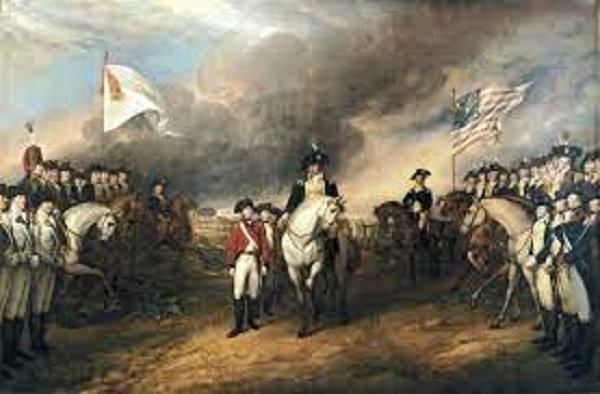
The Battle of Yorktown effectively ended major combat operations in the Revolutionary War and secured American independence. The surrender of Cornwallis and his troops dealt a severe blow to British morale and signaled the beginning of negotiations for peace. This pivotal battle demonstrated the effectiveness of the American-French alliance and showcased the military prowess and determination of the American forces.
The Battle of Yorktown holds immense historical significance as the concluding chapter of the Revolutionary War, ultimately leading to the recognition of the United States as an independent nation and setting the stage for the formation of a new republic.
Battle of Gettysburg (1863)
The Battle of Gettysburg fought in 1863 during the American Civil War, stands as one of the most consequential and bloodiest battles in American history. Lasting for three days in the fields and hills of Gettysburg, Pennsylvania, it was a turning point in the war. Union forces, led by General George G. Meade, successfully repelled Confederate General Robert E. Lee’s invasion of the North.
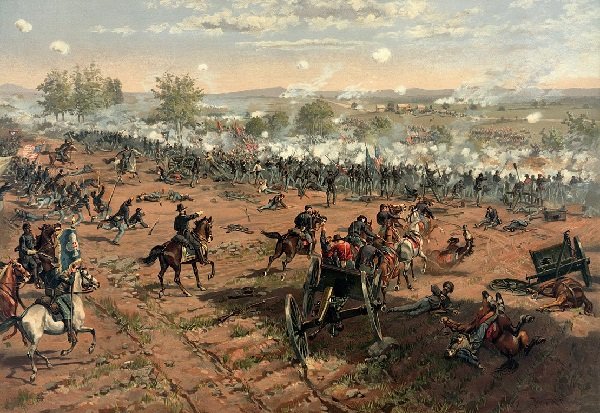
The Battle of Gettysburg resulted in staggering casualties and marked a major setback for the Confederate Army. It shattered Lee’s hopes of a decisive victory and dealt a blow to the Confederacy’s momentum. The battle’s outcome boosted Northern morale and renewed the Union’s determination to preserve the Union and abolish slavery.
Beyond its military significance, the Battle of Gettysburg also played a crucial role in shaping the nation’s identity and commitment to freedom and equality. The battle site, now Gettysburg National Military Park, stands as a solemn reminder of the sacrifices made and the monumental impact of the Civil War on American society.
Battle of Little Bighorn (1876)
The Battle of Little Bighorn, fought in 1876, was a significant clash between the Native American tribes of the Lakota Sioux, Cheyenne, and Arapaho, and the United States Army’s 7th Cavalry Regiment, led by General George Armstrong Custer. The battle took place in present-day Montana and resulted in a resounding victory for the Native American forces.

The Battle of Little Bighorn has come to symbolize the resistance of Native American tribes against westward expansion and encroachment on their lands. It highlighted the bravery, tactics, and unity of the Native American warriors, led by chiefs Sitting Bull and Crazy Horse. The defeat suffered by Custer and his troops sent shockwaves through the United States and further intensified the conflicts between settlers and Native Americans.
The Battle of Little Bighorn remains a pivotal event in US history, reminding us of the complex and often tragic interactions between indigenous peoples and the US government during the westward expansion era.
Battle of San Juan Hill (1898)
The Battle of San Juan Hill fought in 1898 during the Spanish-American War, was a significant military engagement that played a pivotal role in shaping the United States as a global power. It took place near Santiago de Cuba and involved American forces, including Theodore Roosevelt’s Rough Riders, and Spanish troops.
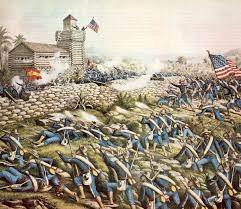
The battle marked a turning point in the war, with the American forces successfully capturing strategically important positions, including San Juan Hill and Kettle Hill. The valor and determination displayed by the American soldiers, including the Rough Riders, gained widespread admiration and propelled Theodore Roosevelt to national prominence.
The victory at San Juan Hill not only demonstrated American military prowess but also accelerated the end of Spanish rule in Cuba. It positioned the United States as a major player on the world stage and contributed to the subsequent acquisition of territories such as the Philippines, Guam, and Puerto Rico.
The Battle of San Juan Hill remains a significant event in US history, illustrating the nation’s expanding global ambitions and its emergence as a major world power at the turn of the 20th century.
Battle of Midway (1942)
The Battle of Midway fought in 1942 during World War II, was a monumental naval engagement that turned the tide of the war in the Pacific. Taking place near the Midway Atoll, the battle pitted the United States against Japan. Despite being outnumbered, American forces, led by Admiral Chester Nimitz, used superior intelligence and strategic planning to achieve a decisive victory.
See also: 14 Famous Death Penalties of US History
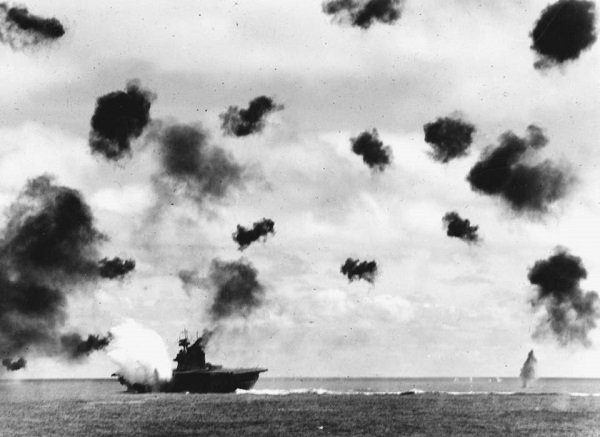
The Battle of Midway marked a crucial turning point, as it halted Japan’s advance in the Pacific and shifted the balance of power in favor of the United States. The destruction of four Japanese aircraft carriers dealt a severe blow to Japan’s naval capabilities and boosted American morale. This battle demonstrated the importance of intelligence and highlighted the valor and resilience of American naval forces. The Battle of Midway stands as a testament to the pivotal role it played in securing ultimate victory for the Allies in the Pacific theater.
D-Day (1944)
D-Day, the Allied invasion of Normandy on June 6, 1944, stands as one of the most significant and daring military operations in history. With the goal of liberating Western Europe from Nazi occupation, the invasion involved a massive amphibious assault by American, British, and Canadian forces across the beaches of Normandy, France.
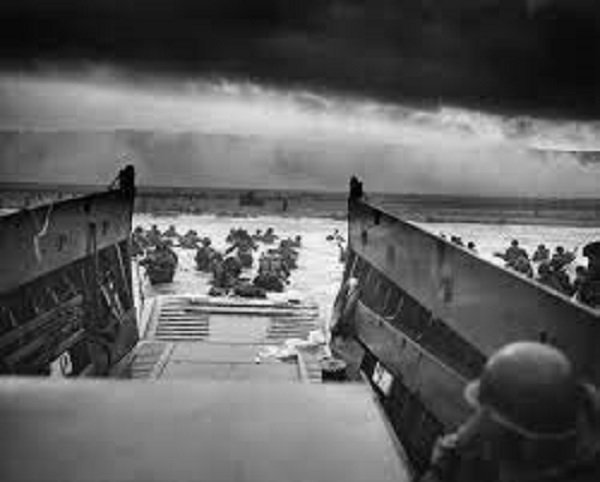
D-Day marked a turning point in World War II, as it opened a second front against Germany and set in motion the eventual defeat of the Nazi regime. Despite facing formidable German defenses, the Allies persevered, overcoming immense challenges and casualties.
The success of D-Day relied on meticulous planning, innovative tactics, and the courage and sacrifice of the troops involved. The invasion demonstrated the unwavering commitment of the Allied forces to secure freedom and justice in Europe.
D-Day stands as a testament to the bravery of the soldiers who stormed the beaches, the resilience of the Allied forces, and the immense human cost endured in the pursuit of liberty. It remains a defining moment in history, symbolizing the Allied determination to defeat tyranny and restore peace to the world.
Battle of Inchon (1950)
The Battle of Inchon fought in 1950 during the Korean War, was a brilliant amphibious assault that altered the course of the conflict. Led by General Douglas MacArthur, United Nations forces launched a daring invasion at the port city of Inchon in South Korea. The surprise attack caught North Korean troops off guard and resulted in a decisive victory for the UN forces.

The Battle of Inchon marked a strategic turning point in the war, as it reversed the tide of North Korean aggression and allowed UN forces to push deep into North Korea. It showcased the effectiveness of amphibious operations and demonstrated MacArthur’s military genius.
The success at Inchon significantly shifted the momentum of the Korean War, enabling UN forces to regain control of South Korea and driving back North Korean forces. The battle’s outcome underscored the importance of innovative strategies and effective military leadership.
The Battle of Inchon remains a notable example of a well-executed amphibious assault and its impact on the outcome of the Korean War. It demonstrated the ability of UN forces to adapt and launch successful offensive operations, ultimately shaping the future of the conflict.
Battle of Hue (1968)
The Battle of Hue fought during the Vietnam War in 1968, was a significant and brutal urban combat operation. As part of the Tet Offensive, the North Vietnamese Army and Viet Cong launched a surprise attack on the city of Hue, a cultural and historical center of South Vietnam. The battle lasted for weeks as US and South Vietnamese forces fought house-to-house against determined enemy resistance.

The Battle of Hue was marked by intense street fighting and heavy casualties on both sides. The US and South Vietnamese forces eventually regained control of the city but at a high cost. The battle’s ferocity and the damage inflicted on Hue’s historic sites and civilian population had a profound impact on public opinion, both in the United States and internationally.
The Battle of Hue became a symbol of the challenges and complexities of the Vietnam War. It highlighted the difficulties of urban warfare and the determination of the enemy forces. The battle’s significance lies not only in its military outcome but also in its impact on public perception and the subsequent course of the war.
Battle of Fallujah (2004)
The Battle of Fallujah fought in 2004 during the Iraq War, was a major military operation that aimed to regain control of the city of Fallujah from insurgent forces. After an increase in violence and the murder of four American security contractors, the United States launched a massive assault on the city.

The battle was marked by intense urban warfare, as US forces, supported by Iraqi troops, engaged in fierce combat against entrenched insurgents. The operation involved house-to-house fighting, street-by-street clearing, and heavy use of firepower.
The Battle of Fallujah resulted in a significant victory for the coalition forces, albeit at a high cost in terms of casualties and destruction. The operation successfully disrupted insurgent networks and reestablished government control in the city.
The Battle of Fallujah represented a critical chapter in the Iraq War, highlighting the challenges of urban warfare and the determination of both sides. It demonstrated the complexity of counterinsurgency operations and the sacrifices made by coalition forces in their efforts to stabilize Iraq.
Conclusion
In conclusion, the 12 battles discussed here have left an indelible mark on the course of American history. From the fight for independence to the struggles to preserve the Union, achieve civil rights, and defend democracy overseas, each battle represents a pivotal moment that shaped the nation’s trajectory. These battles exemplify the valor, sacrifice, and resilience of the men and women who fought for their ideals. They serve as reminders of the challenges faced and overcome, and the enduring spirit that has shaped the United States into the country it is today.